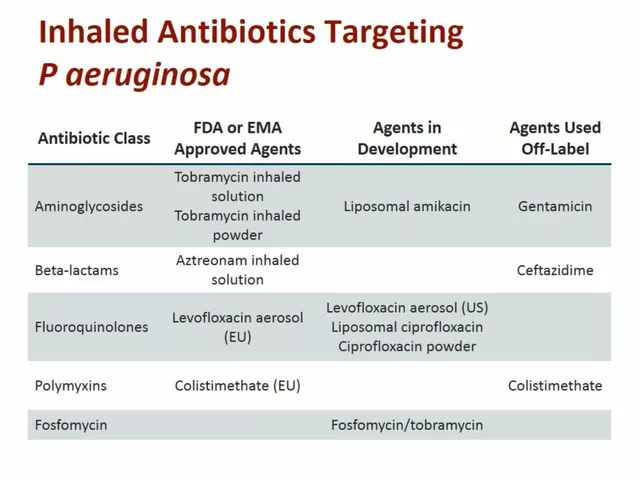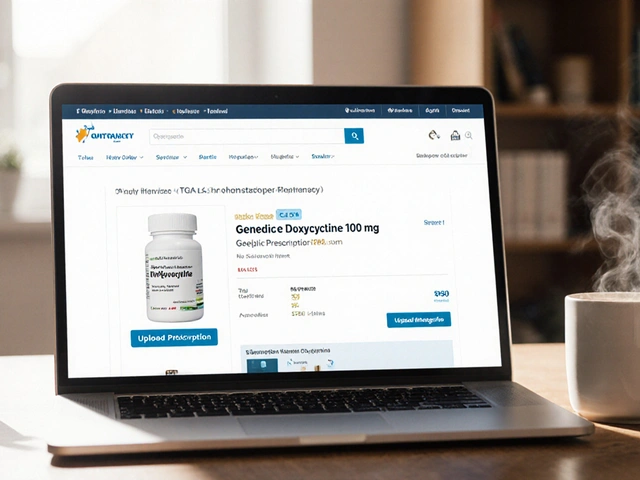Flatulence: simple fixes and what really helps
Gas happens. It’s normal, but when it’s frequent or painful you want straight answers and fast relief. Below you’ll find practical steps you can try today, plus simple longer-term fixes that actually reduce gas over weeks.
Quick moves to ease gas now
If you feel bloated or gassy right now, try these in order: stand up and walk for 10–15 minutes to move gas through your gut; lie on your left side or do a gentle clockwise belly massage to help passage; apply a warm heat pack to reduce muscle tension. Over-the-counter simethicone (Gas-X) can break up gas bubbles and often helps within 30 minutes. Beano or an alpha-galactosidase enzyme taken before bean- or veggie-heavy meals prevents gas formation. Peppermint tea calms the gut for some people, but skip it if you get acid reflux.
Change your habits to cut gas long-term
Small routine tweaks make a big difference. Eat slower and stop chewing gum or sipping through straws—both add swallowed air. Cut or test common gas-trigger foods for a week at a time: beans, lentils, broccoli, cabbage, onions, garlic, apples, pears, and sugar alcohols like sorbitol. Try an elimination test for 2 weeks: remove one suspected food and track symptoms. If gas improves, reintroduce it slowly to confirm.
Cooking reduces some problem sugars. For example, soaking and thoroughly rinsing beans, then cooking them well, lowers the compounds that cause gas. Fermenting or sprouting legumes also helps. Portion control matters: large meals can overwhelm digestion and increase gas.
Digestive aids can help certain people. Beano works on complex carbs in beans and vegetables. Lactase pills help if lactose causes your gas. Probiotics with Lactobacillus and Bifidobacterium strains can reduce bloating for some users after a few weeks—try one brand consistently for 4–6 weeks to judge benefit.
Consider a low-FODMAP eating plan if gas comes with bloating and irregular bowel habits. Many people see big improvements within 2–4 weeks by cutting high-FODMAP foods, then reintroducing to find personal triggers. Working with a dietitian speeds this and keeps your diet balanced.
Keep a short food-and-symptom diary for 2 weeks before trying multiple remedies at once. Note what you ate, when symptoms hit, and any meds or supplements. This makes it easier to spot patterns and helps your provider if you need medical advice.
See a doctor right away if you have severe abdominal pain, blood in stool, unexplained weight loss, fever, or a sudden change in bowel habits lasting more than two weeks. Those can be signs of conditions that need tests or treatment. For regular but non-urgent gas, these practical steps usually cut symptoms and make life more comfortable.




